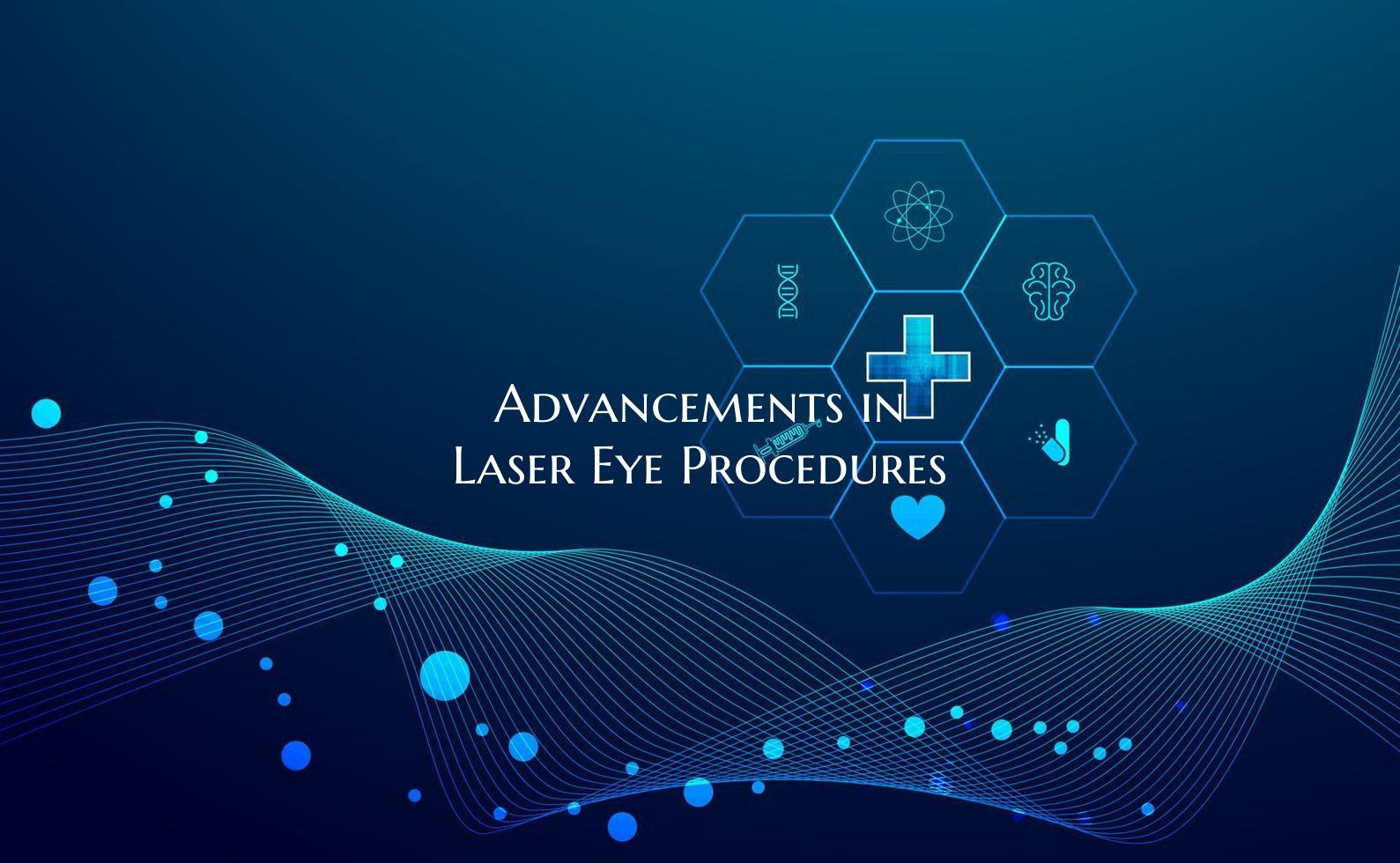
Advancements in Laser Eye Procedures
In recent years, the field of ophthalmology has seen remarkable advancements in laser eye procedures, revolutionizing the way vision issues are treated. With the introduction of cutting-edge technology and innovative techniques, laser eye procedures have become safer, more precise, and more effective than ever before. These advancements have provided patients with new hope for correcting various vision problems, such as nearsightedness, farsightedness, and astigmatism. Let's explore some of the key advancements that have transformed the landscape of laser eye surgery:
1. Customized Wavefront Technology: One of the most significant advancements in laser eye procedures is the development of customized wavefront technology. This technology allows ophthalmologists to map the unique characteristics of an individual's eye, creating a customized treatment plan that is tailored to their specific needs. By precisely targeting the imperfections in the eye, this technology has significantly improved the accuracy and outcomes of laser eye surgeries.
2. Femtosecond Lasers: Traditional laser eye surgeries used a blade to create a flap in the cornea before reshaping it with a laser. However, the introduction of femtosecond lasers has revolutionized this process. Femtosecond lasers allow for bladeless, all-laser procedures, providing increased precision, control, and safety. This technology has reduced the risk of complications and improved the overall outcomes of laser eye surgeries.
3. SMILE Surgery: Another breakthrough in laser eye procedures is the introduction of SMILE (Small Incision Lenticule Extraction) surgery. Unlike traditional LASIK procedures that create a flap in the cornea, SMILE surgery involves creating a small incision through which a lenticule is removed to reshape the cornea. This minimally invasive technique offers faster recovery times, reduced risk of dry eye, and excellent visual outcomes, making it a popular choice for many patients.
4. Extended Range of Treatable Conditions: Advancements in laser eye procedures have expanded the range of treatable vision conditions. In addition to common refractive errors like myopia, hyperopia, and astigmatism, laser eye surgeries can now address more complex issues such as presbyopia and high levels of refractive error. This broader range of treatable conditions has made laser eye procedures a viable option for a larger number of patients seeking visual correction.
5. Enhanced Safety Measures: The advancements in laser eye procedures have also led to enhanced safety measures for patients undergoing surgery. Improved pre-operative screening processes, advanced diagnostic technologies, and refined surgical techniques have all contributed to reducing the risk of complications and ensuring better outcomes for patients. Additionally, the availability of sophisticated equipment and stringent quality control standards in modern eye clinics further enhance the safety of laser eye procedures.
In conclusion, the advancements in laser eye procedures have transformed the field of ophthalmology, offering patients safe, effective, and personalized solutions for their vision problems. With technologies like customized wavefront technology, femtosecond lasers, SMILE surgery, and an extended range of treatable conditions, laser eye procedures have never been more advanced. These innovations have paved the way for improved visual outcomes, faster recovery times, and higher patient satisfaction levels, making laser eye surgery an attractive option for those looking to achieve clearer vision and reduce their dependence on glasses or contact lenses.